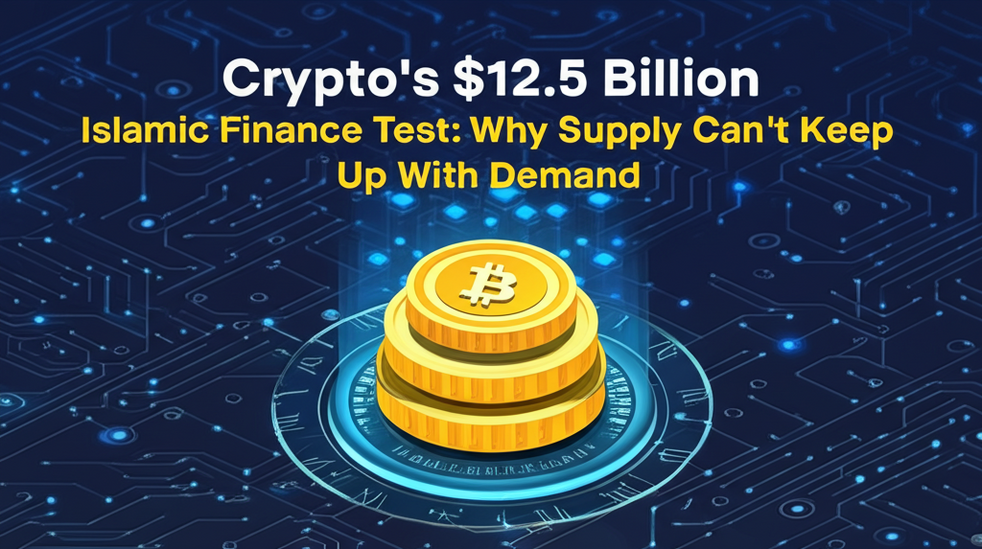Crypto’s $12.5 Billion Islamic Finance Test: Why Supply Can’t Keep Up With Demand

The intersection of digital assets and Islamic finance presents a massive opportunity, aiming to serve nearly two billion Muslims globally. However, the availability of Shariah-compliant crypto products is significantly lagging behind rapidly increasing demand, even as the sector shows explosive growth.
Currently valued around $8 billion, the Islamic finance market is on a trajectory to hit $12.45 billion by 2028, expanding at an estimated 11.7% annual rate. This growth fuels momentum for crypto platforms designed around core Islamic financial principles, which notably forbid interest (riba) and excessive uncertainty (gharar), and avoid investments in prohibited (haram) sectors.
This demand is particularly strong among younger generations, with studies indicating 85% of Gen Z Muslims are seeking out Islamic banking options, highlighting a significant interest in ethically aligned financial services.
Several key players are pioneering compliant digital asset ecosystems. HAQQ Network leads the pack, reportedly backed by $400 million in funding and engaging over 6 million users with products like Islamic Coin, which dedicates 10% of its issuance to charitable causes.
Other notable projects include MRHB, developing a DeFi suite with offerings like TijarX and EmplifAI, and Goldsand (previously Inshallah Finance), which facilitates halal staking with $4.5 million in assets currently staked. Sidra Chain has also demonstrated considerable traction, processing nearly 13 million transactions for its user base of over 700,000.
[New INPUT report: “In 2025, Shariah-Compliant Crypto Products Fall Short of Demand” …]
Despite these advancements, industry analysis points to a clear shortfall in the number and scale of compliant crypto offerings relative to user interest. The gap underscores a challenge for the burgeoning sector.
Experts suggest that bridging this gap requires clearer regulatory frameworks and standardized Shariah governance models. As the global Islamic finance industry potentially grows towards $4 trillion, Shariah-compliant crypto could become a cornerstone – provided it can innovate and scale effectively to meet the expectations of its vast potential user base.
